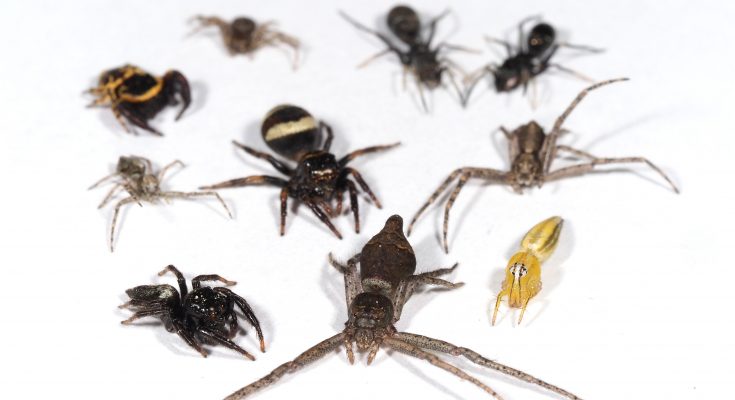Journal of Animal Ecology, https://doi.org/10.1111/1365-2656.70103
Involved members of MultiTroph: Jing-Ting Chen, Ming-Qiang Wang, Arong Luo, Douglas Chesters, Yi Li, Qing-Song Zhou, Helge Bruelheide, Xiao-Juan Liu, Andreas Schuld, Chao-Dong Zhu
Summary: This study used spider gut-content metabarcoding in a large-scale subtropical forest biodiversity experiment to investigate how tree diversity (bottom-up effects) and spider diversity (top-down effects) jointly shape prey diversity and predator–prey network structure. Results showed that tree functional diversity increased prey richness and prey sharing across all spiders, while the main drivers differed between hunting modes—phylogenetic diversity drove web-building spiders’ prey use, whereas vertical tree structure complexity shaped hunting spiders’ interactions. These patterns highlight the combined and context-dependent nature of bottom-up and top-down influences on multitrophic networks.
Conclusion: Both tree and spider community diversity strongly influence predator–prey interactions, but their relative roles depend on predator hunting mode. Integrating functional traits, phylogeny, and structural habitat diversity is essential for understanding and predicting biodiversity–ecosystem function relationships.
